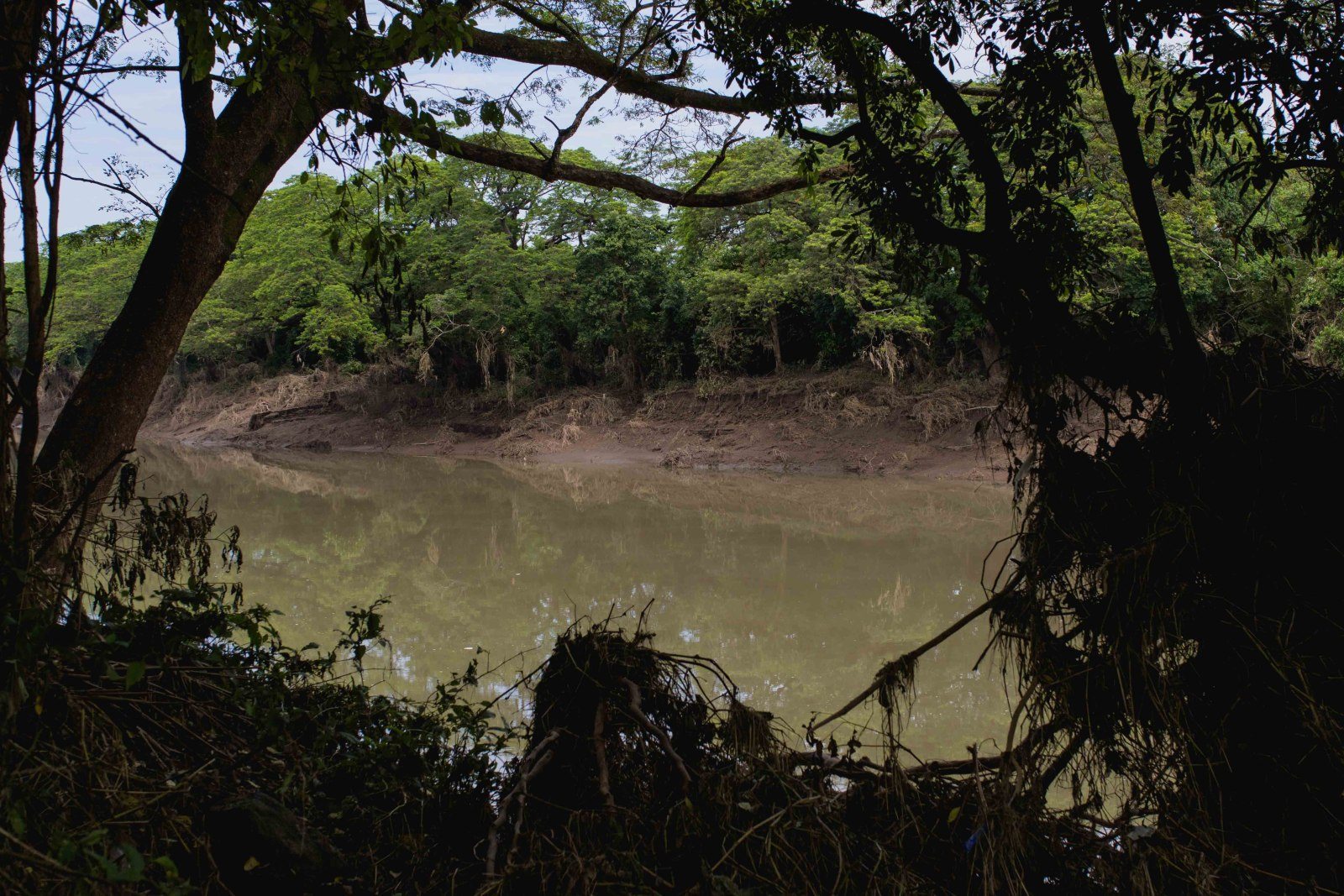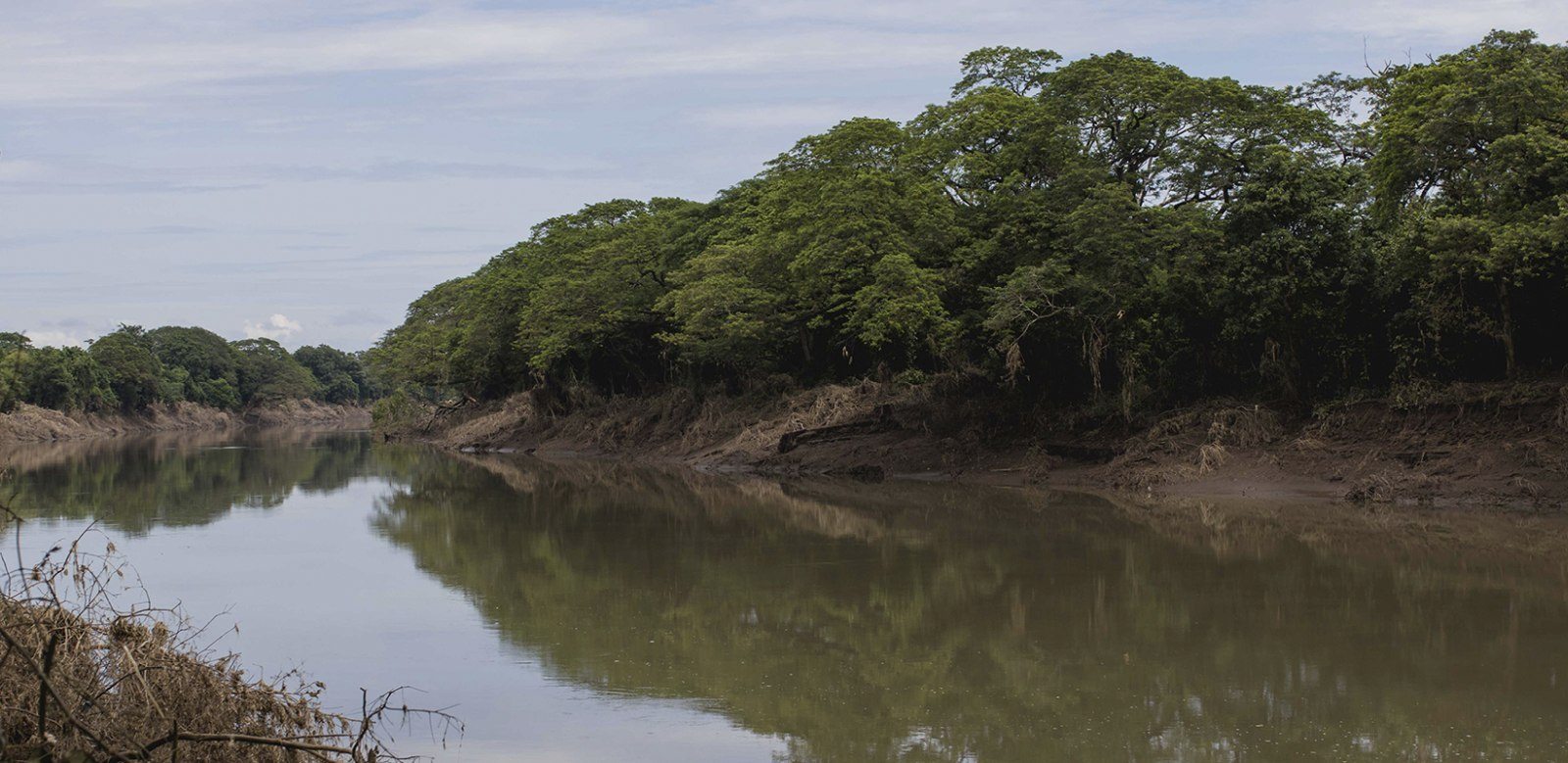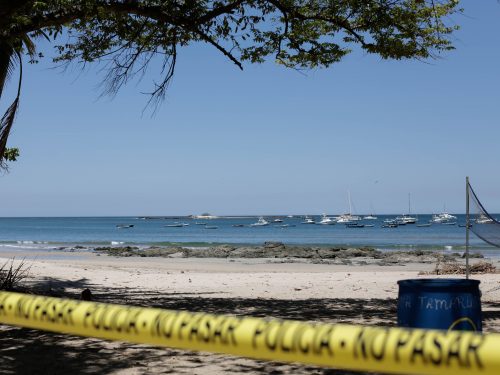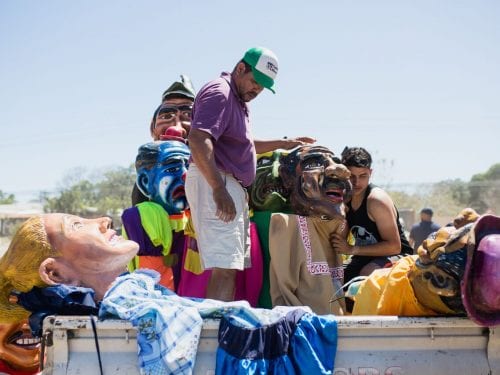
Councilmen and community representatives from Liberia and Santa Cruz agreed to support declaring the Tempisque River a Ramsar site, the most extensive network of protected areas in the world.
While the lower basin of the river and the Palo Verde National Park wetlands are already protected, the initiative seeks to protect the upper and middle basin of the river, which runs through Liberia, Carrillo, Santa Cruz and Nicoya, according to Santa Cruz representative Arcadio Carrera.
“The river has the conditions that allow it to be considered a Ramsar site because of all the aquifers around it,” said Carrera, who presented the request.
In July, members of the Liberia council visited parts of the river where a construction company was allegedly illegally dredging the river and removing sand.
Read: Tempisque River: History of Neglect Threatens Guanacaste People and Environment
“We have seen the destruction that they cause to the river with dredging,” said Liberian representative Miguel Ángel Morice who, along with other councilmen from Liberia and lawmakers from the environment committee, drafted a report (see attached) describing the ecological damages that the waterway suffers and requested that President Luis Guillermo Solis and the Environment and Energy Ministry (Minae) declare Tempisque a Ramsar site.

Did it work?
Managing, planning, promoting and developing wetlands in Costa Rica is the responsibility of the National System of Conservation Areas (Sinac).
Sinac’s National Wetland Program Coordinator Jacqueline Rivera warned that if state institutions and community organizations don’t get involved “we would be creating a Ramsar site on paper.”
“The (Ramsar) declaration is a first step that allows for regulation,” Arcadio Carrera said. “It will depend a lot on the awareness that is created and on the management programs that are implemented.”
Carrera also proposes launching reforestation and river clean up campaigns from city hall with the help of Minae and other community organizations.
Carrillo undecided
Carrillo’s city council president Roberto Canales said his county’s representatives have doubts about how an eventual Ramsar declaration for the Tempisque River would affect the extraction of resources such as sand from the waterway, which he says is an economic activity that “benefits the county’s residents.”
“There are a lot of people here who live off of extracting sand from the river,” he said. “I think we need more information because we don’t want to hurt our people,” affirmed Canales.
Rivera from Sinac explained that the declaration doesn’t impede the rational use of resources from the tributary, such as water concessions, sand extraction and small scale fishing.
It would also not annul nor impede the renewal of water extraction rights granted by Minae, Rivera said.
“Ramsar sites aren’t totally restrictive,” the official said. “There must be a controlled and regulated use to ensure that future generations have resources available.”
Canales said that the members of the Carrillo council hope to receive more details about Ramsar sites and will request more information from Sinac about the implications.
Arcadio Carrera said Santa Cruz council members will visit Carrillo and Liberia in November to provide more details about the proposal to declare Tempisque a Ramsar site and design a campaign that will allow cities to contribute resources to the protection of the river.
Moratorium not advancing
Guanacastecan congresswoman Suray Carrillo presented a bill in September 2016 to improve management of the river basin. The bill proposed studying the environmental impact of all concessions on Tempisque.
Read: Bill Seeks Environmental Impact Studies For All Tempisque River Concessions
The new legislation would declare a moratorium on future concessions for water extraction from the riverbed as well as from the water table until Setena determines the available water volume and can guarantees its recovery.
A year after proposing the bill, it’s stuck in congress’s environmental committee, the congresswoman explained.
“It hasn’t moved. It’s in the environmental committee because we are stuck on the Water Law and the bill about dragnet fishing for shrimp.”







Comments